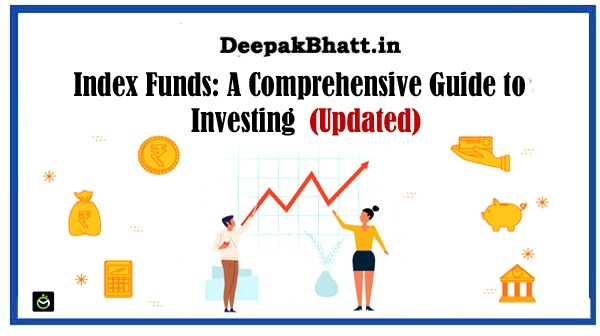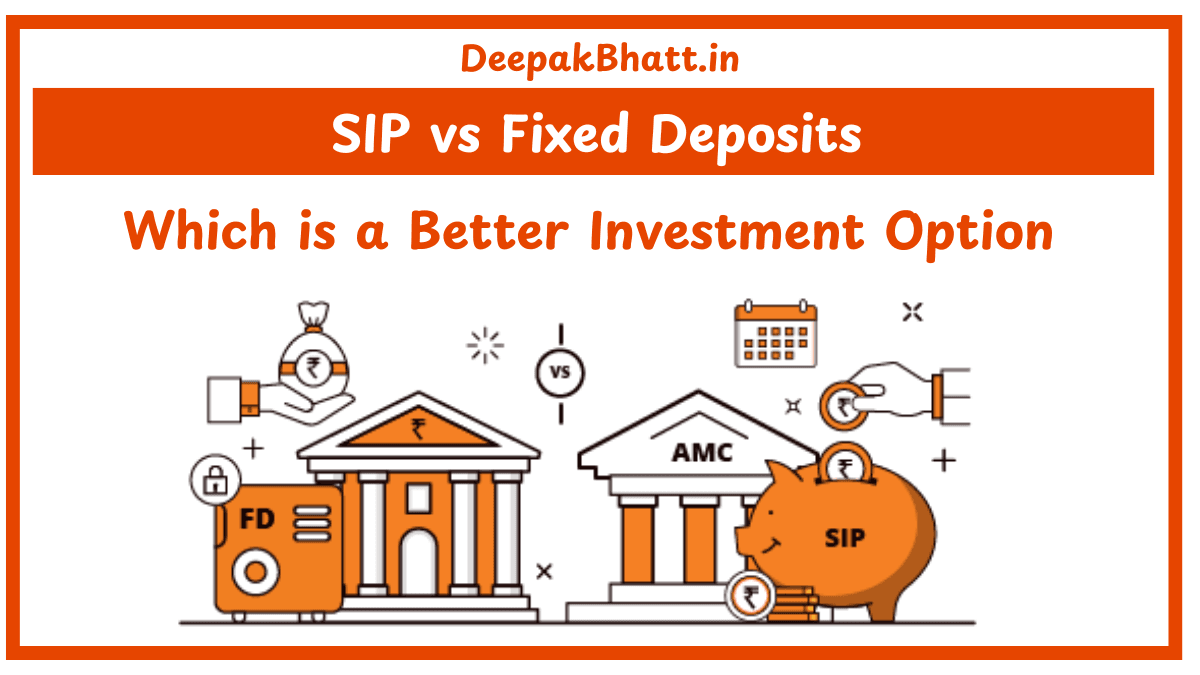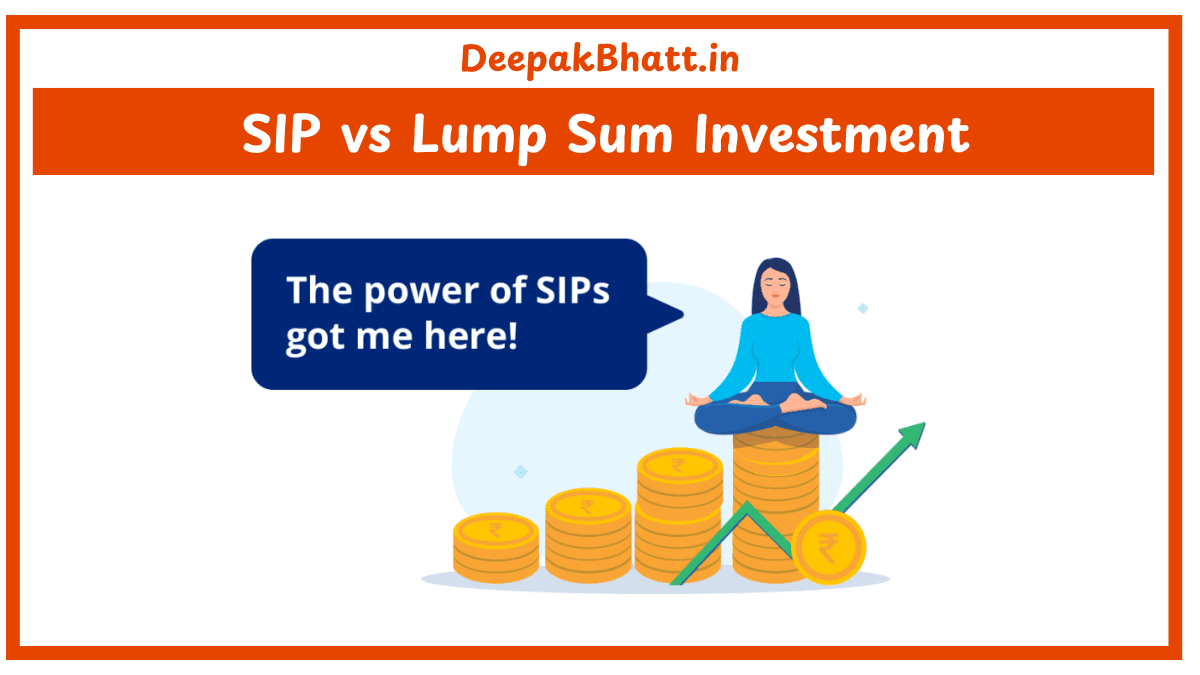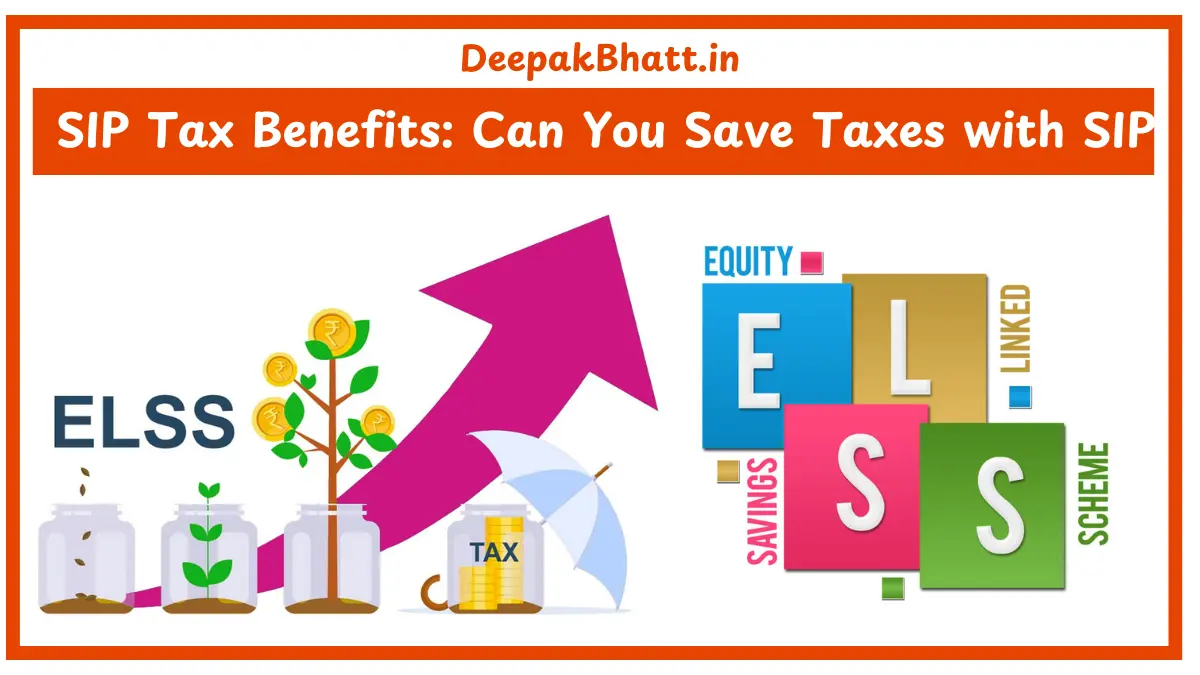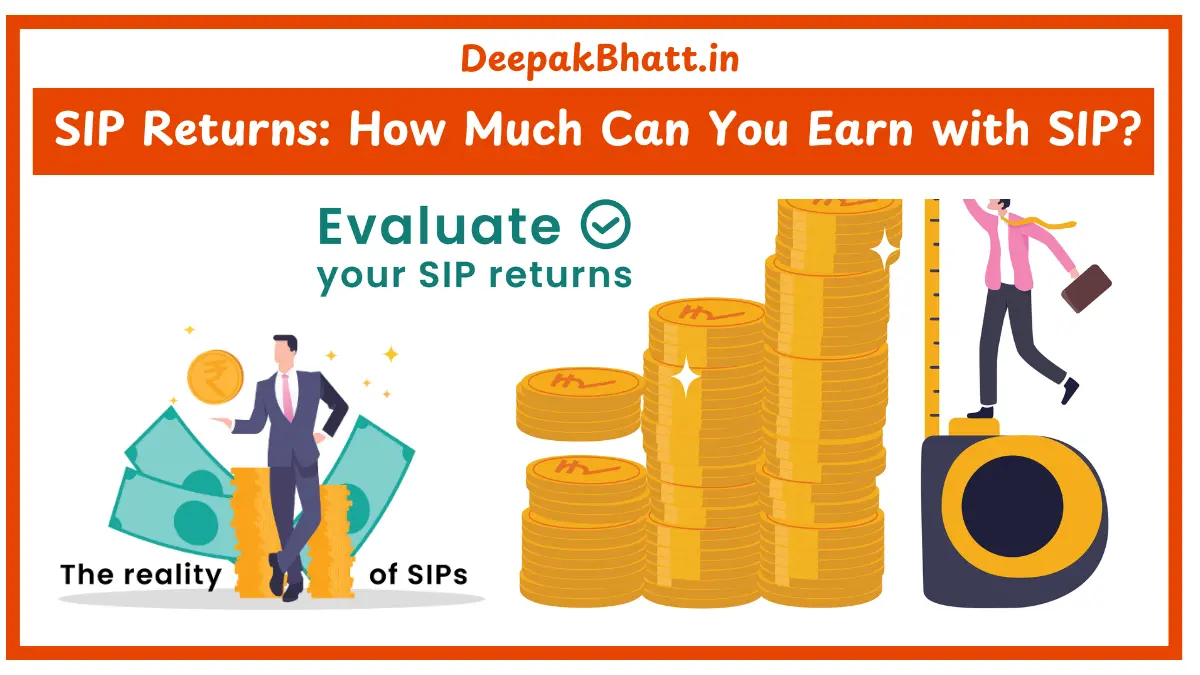Index funds offer a straightforward and accessible entry into the financial markets, making them an attractive option for investors seeking simplicity and efficiency.
In this comprehensive guide, we will delve into the intricacies of index funds, exploring their mechanics, advantages, and considerations for investors, and providing examples and formulas for a deeper understanding.
What are Index Funds?
Index funds are investment vehicles designed to mimic the performance of a specific market index.
Unlike actively managed funds, which rely on constant decision-making by fund managers, index funds passively track the movements of an index.
This passive approach allows investors to gain exposure to a diversified portfolio of assets without the need for continuous management and decision-making.
How Do Index Funds Work?
Passive Strategy:
Objective: The primary goal of index funds is to replicate the performance of a chosen market index.
Approach: Instead of actively selecting individual securities, passively hold a portfolio that mirrors the chosen index.
Diversification:
Benefit: Investors gain instant exposure to a broad array of securities, effectively spreading risk across different sectors.
Mechanism: Achieve diversification by holding a mix of assets proportional to their representation in the index.
Tracking the Index:
Goal: The fundamental aim is to mirror the returns of the chosen index closely.
Implementation: Fund managers select a representative sample of securities within the index and allocate investments according to their weights in the index.
Cost Efficiency:
Advantage: One of the key advantages of index funds is their cost-effectiveness.
Result: Lower management fees compared to actively managed funds can potentially lead to higher returns for investors over the long term.
Advantages :
Diversification:
Benefit: The instant diversification provided significantly reduces the risk associated with investing in individual stocks or sectors.
Cost Efficiency:
Advantage: Due to their passive nature, generally have lower management fees compared to actively managed funds.
Market Performance:
Advantage: Offer exposure to the overall performance of the market, allowing investors to participate in its growth.
Simplicity:
Advantage: User-friendly and particularly suitable for beginners or those who prefer a more hands-off investment approach.
Considerations for Investors:
Market Volatility:
Note: While index funds provide diversification, they are still subject to market fluctuations.
Advice: Investors should be prepared for periods of volatility in the broader market.
Limited Upside:
Point: Index funds aim to match the performance of the market.
Consideration: Investors seeking higher returns may explore actively managed funds.
Choice of Index:
Tip: There are various indices, each representing different market segments.
Recommendation: Investors should choose an index that aligns with their investment goals and risk tolerance.
Examples and Formulas:
Example: S&P 500 Index Fund
Description: An S&P 500 Index Fund comprises 500 large-cap U.S. stocks.
Investment Impact: Investors gain exposure to the performance of the entire U.S. stock market.
Formula: Index Fund Return
Return = Σ(Wi * Ri)
Explanation: Calculate the return by summing the product of each asset’s weight (Wi) and its return (Ri) within the index.
Making it Easier:
To make the concept even more accessible, think of index funds as a financial “basket” that holds a variety of stocks.
By investing in this basket, you are essentially getting a slice of the entire market. This hands-off approach is perfect for those who want to dip their toes into investing without the complexities of stock picking.
FAQs:
1. How do index funds differ from actively managed funds?
Passively track a specific index’s performance, while actively managed funds involve strategic buying and selling decisions by fund managers.
2. Can I invest in index funds through an IRA or 401(k)?
Available within retirement accounts like IRAs and 401(k)s, providing a tax-advantaged way to invest.
3. Do all index funds have the same level of risk?
No, the risk level varies based on the index tracked. For example, an index focusing on emerging markets may carry higher risk than one tracking stable blue-chip stocks.
4. How often do index funds rebalance their portfolios?
Typically rebalance periodically to ensure that the portfolio continues to mirror the index accurately. The frequency can vary but is often done annually or semi-annually.
Conclusion
Offer a simple and cost-effective way for investors to participate in the financial markets.
Their passive nature and focus on mirroring market indices make them an ideal choice for those looking to build a diversified investment portfolio without the need for active management.

